Mumbai Monsoon Flood Updates
Posted On July 11, 2025
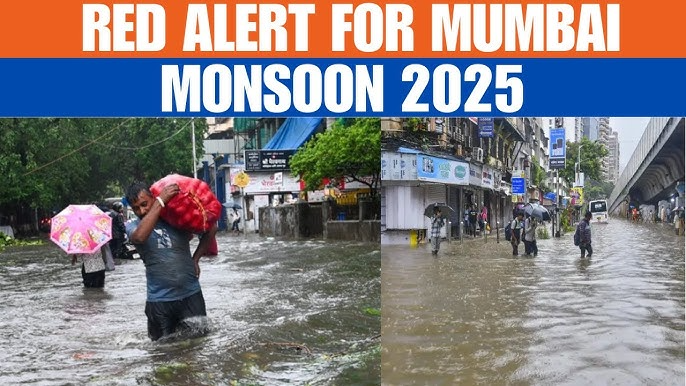
Mumbai, often celebrated for its monsoon drama, found itself grappling with sheer devastation following the massive 410 mm rainfall recorded on June 28, 2025 - the heaviest in two decades. The sudden surge of rainwater overwhelmed the city’s aging drainage infrastructure, forcing the Brihanmumbai Municipal Corporation (BMC) to declare a Level 2 flood emergency. Within hours, low-lying areas such as Sion, Kurla, Byculla, Andheri, Malad, and many suburban corridors were submerged under waist- to chest-deep water, rendering roads impassable and stranding commuter traffic across all modes of transport.
Suburban railway services, the lifeline of Mumbai’s daily commuters, were thrown into disarray-most Central and Western lines were shut down or operating with extreme delays as tracks remained inundated or were washed away. The Mumbai Metro suspended operations between critical stations, forcing thousands to seek shelter in stations or high-ground locations. BEST buses were rerouted, some canceled altogether amidst chaotic waterlogged roads and collapsed overbridges. Even Mumbai's airport was not spared-more than 60 flights were delayed due to waterlogged runways, and three emergency diversions were executed to alternate airports. Amidst all this chaos, hospitals like KEM, Sion, and Lilavati reported power outages, faulty critical care systems, and delayed treatment for emergency patients.
With civic machinery at its limits, the BMC urgently called in over 2,500 emergency workers, bolstered by the National Disaster Response Force (NDRF), Indian Navy boats, and Marine Commandos to carry out rescue operations in flood-ravaged zones. Community kitchens sprang up in schools, colleges, temple premises, and public buildings, supplying hot meals to evacuees and stranded families. Non-profits such as Mumbai Help and Robin Hood Army mobilized volunteers and small boats to ferry people to safety. Meanwhile, residents of high-rises in areas like Powai, Hiranandani, and Khar opened their parking garages to commuters who could not find safe shelter elsewhere. Yet amidst this robust community response, reports emerged of electrocution incidents, contaminated flood-water ingestion, leptospirosis cases with rising fever, and at least nine water-related fatalities, reminding citizens and officials that the cost of negligence is severely high.
The recurring nature of such floods in Mumbai is showing clear patterns rooted in urban planning failures. Despite decades of pledges and budget allocations, the BRIMSTOWAD (Brihanmumbai Stormwater Drain Project), initiated after the disastrous 2005 floods, remains only 68 percent complete and plagued by land acquisition delays. Drain networks around the Mithi River and stormwater outlets remain clogged by encroachment, unauthorized extensions, and unregulated construction. The aggressive push for real estate development has steadily depleted mangroves, wetlands, salt pans, and natural floodplains - areas once capable of absorbing water naturally. This makes Mumbai a textbook example of “rain-on-a-concrete jungle,” where impervious surfaces convert every raindrop into a flood hazard.
Meteorological patterns themselves are evolving ominously. The warming Arabian Sea has been catalyzing more frequent, intense, and localized rainfall events. What was once considered an extreme “once-in-twenty-year event” is rapidly becoming commonplace. The Indian Meteorological Department (IMD) confirmed that as of late June, Mumbai had already exceeded 85% of its seasonal rainfall in under half the monsoon period-raising alarms about water logging and distress in the weeks ahead. Climate scientists warn that without urgent climate-resilient planning, Mumbai faces a future of increasingly dangerous floods.
In response, both the state and the BMC have promised an immediate ₹500 crore relief package, allocating funds toward accelerating drainage upgrades, clearing clogged outfalls, installing additional water pumps, and enhancing city-wide flood monitoring. An inter-departmental flood command cell has been established in each ward to coordinate real-time alerts using IoT sensors, barriers at critical bridges, and drone surveillance of flood zones. Compensation for damaged homes, vehicles, and displaced families is being disbursed through a centralized digital portal. The Chief Minister’s office has also pledged an annual allocation of ₹2,000 crores over the next three years for urban flood resiliency, embedded within the AMRUT 2.0 and Smart Cities Mission frameworks.
Yet critics argue these are reactive measures at best. Environmentalists and urban planners are demanding a major shift toward eco-engineering-reinforcing natural buffers like mangroves, restoring urban wetlands and lake chains like Powai and Tulsi, and mandating permeable paving and sponge-city designs in all future infrastructure. Many believe a moratorium on new construction in flood-prone zones should be urgently enforced, alongside incentives for rainwater harvesting and green roofs in existing structures. Such measures, they argue, must be coupled with strict penal actions against encroachment of drainage systems and more rigorous environmental impact assessments.
Meanwhile, city life drips back to normalcy, but the traumas linger. Shop owners in Dadar bazaar spent days drying merchandise and attending to insurance claims; schools reopened in shift mode, deferring holiday plans; office spaces in flooded IT parks installed enhanced sump pumps and flood alarms; public transport services extended working hours to compensate for disruptions. Many households, aware of the next possible deluge, have started emergency water storage, stocked evacuation kits, and subscribed to weather alerts via apps like ‘Mumbai Rains Tracker’. While Mumbaikars are known for their resilience - reflected in the term “Mumbai Spirit” - that spirit is increasingly driven by fatigue, frustration, and a collective longing for lasting, structural solutions.
The June 2025 floods should ring alarm bells beyond Mumbai. India’s growing coastal and riverine cities are increasingly vulnerable to climate shock. The costs of inaction-social, economic, psychological-are rising exponentially. If Mumbai can recalibrate its approach now - by integrating engineering with ecology, regulation with enforcement, and finance with foresight - it may yet transform a culture of crisis into one of resilience. Otherwise, these stories of inundation will be replayed each monsoon, chipping away at India’s economic capital and the spirit of the people who call it home.
Suburban railway services, the lifeline of Mumbai’s daily commuters, were thrown into disarray-most Central and Western lines were shut down or operating with extreme delays as tracks remained inundated or were washed away. The Mumbai Metro suspended operations between critical stations, forcing thousands to seek shelter in stations or high-ground locations. BEST buses were rerouted, some canceled altogether amidst chaotic waterlogged roads and collapsed overbridges. Even Mumbai's airport was not spared-more than 60 flights were delayed due to waterlogged runways, and three emergency diversions were executed to alternate airports. Amidst all this chaos, hospitals like KEM, Sion, and Lilavati reported power outages, faulty critical care systems, and delayed treatment for emergency patients.
With civic machinery at its limits, the BMC urgently called in over 2,500 emergency workers, bolstered by the National Disaster Response Force (NDRF), Indian Navy boats, and Marine Commandos to carry out rescue operations in flood-ravaged zones. Community kitchens sprang up in schools, colleges, temple premises, and public buildings, supplying hot meals to evacuees and stranded families. Non-profits such as Mumbai Help and Robin Hood Army mobilized volunteers and small boats to ferry people to safety. Meanwhile, residents of high-rises in areas like Powai, Hiranandani, and Khar opened their parking garages to commuters who could not find safe shelter elsewhere. Yet amidst this robust community response, reports emerged of electrocution incidents, contaminated flood-water ingestion, leptospirosis cases with rising fever, and at least nine water-related fatalities, reminding citizens and officials that the cost of negligence is severely high.
The recurring nature of such floods in Mumbai is showing clear patterns rooted in urban planning failures. Despite decades of pledges and budget allocations, the BRIMSTOWAD (Brihanmumbai Stormwater Drain Project), initiated after the disastrous 2005 floods, remains only 68 percent complete and plagued by land acquisition delays. Drain networks around the Mithi River and stormwater outlets remain clogged by encroachment, unauthorized extensions, and unregulated construction. The aggressive push for real estate development has steadily depleted mangroves, wetlands, salt pans, and natural floodplains - areas once capable of absorbing water naturally. This makes Mumbai a textbook example of “rain-on-a-concrete jungle,” where impervious surfaces convert every raindrop into a flood hazard.
Meteorological patterns themselves are evolving ominously. The warming Arabian Sea has been catalyzing more frequent, intense, and localized rainfall events. What was once considered an extreme “once-in-twenty-year event” is rapidly becoming commonplace. The Indian Meteorological Department (IMD) confirmed that as of late June, Mumbai had already exceeded 85% of its seasonal rainfall in under half the monsoon period-raising alarms about water logging and distress in the weeks ahead. Climate scientists warn that without urgent climate-resilient planning, Mumbai faces a future of increasingly dangerous floods.
In response, both the state and the BMC have promised an immediate ₹500 crore relief package, allocating funds toward accelerating drainage upgrades, clearing clogged outfalls, installing additional water pumps, and enhancing city-wide flood monitoring. An inter-departmental flood command cell has been established in each ward to coordinate real-time alerts using IoT sensors, barriers at critical bridges, and drone surveillance of flood zones. Compensation for damaged homes, vehicles, and displaced families is being disbursed through a centralized digital portal. The Chief Minister’s office has also pledged an annual allocation of ₹2,000 crores over the next three years for urban flood resiliency, embedded within the AMRUT 2.0 and Smart Cities Mission frameworks.
Yet critics argue these are reactive measures at best. Environmentalists and urban planners are demanding a major shift toward eco-engineering-reinforcing natural buffers like mangroves, restoring urban wetlands and lake chains like Powai and Tulsi, and mandating permeable paving and sponge-city designs in all future infrastructure. Many believe a moratorium on new construction in flood-prone zones should be urgently enforced, alongside incentives for rainwater harvesting and green roofs in existing structures. Such measures, they argue, must be coupled with strict penal actions against encroachment of drainage systems and more rigorous environmental impact assessments.
Meanwhile, city life drips back to normalcy, but the traumas linger. Shop owners in Dadar bazaar spent days drying merchandise and attending to insurance claims; schools reopened in shift mode, deferring holiday plans; office spaces in flooded IT parks installed enhanced sump pumps and flood alarms; public transport services extended working hours to compensate for disruptions. Many households, aware of the next possible deluge, have started emergency water storage, stocked evacuation kits, and subscribed to weather alerts via apps like ‘Mumbai Rains Tracker’. While Mumbaikars are known for their resilience - reflected in the term “Mumbai Spirit” - that spirit is increasingly driven by fatigue, frustration, and a collective longing for lasting, structural solutions.
The June 2025 floods should ring alarm bells beyond Mumbai. India’s growing coastal and riverine cities are increasingly vulnerable to climate shock. The costs of inaction-social, economic, psychological-are rising exponentially. If Mumbai can recalibrate its approach now - by integrating engineering with ecology, regulation with enforcement, and finance with foresight - it may yet transform a culture of crisis into one of resilience. Otherwise, these stories of inundation will be replayed each monsoon, chipping away at India’s economic capital and the spirit of the people who call it home.

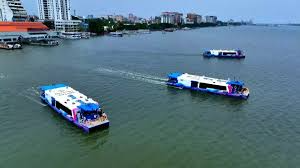
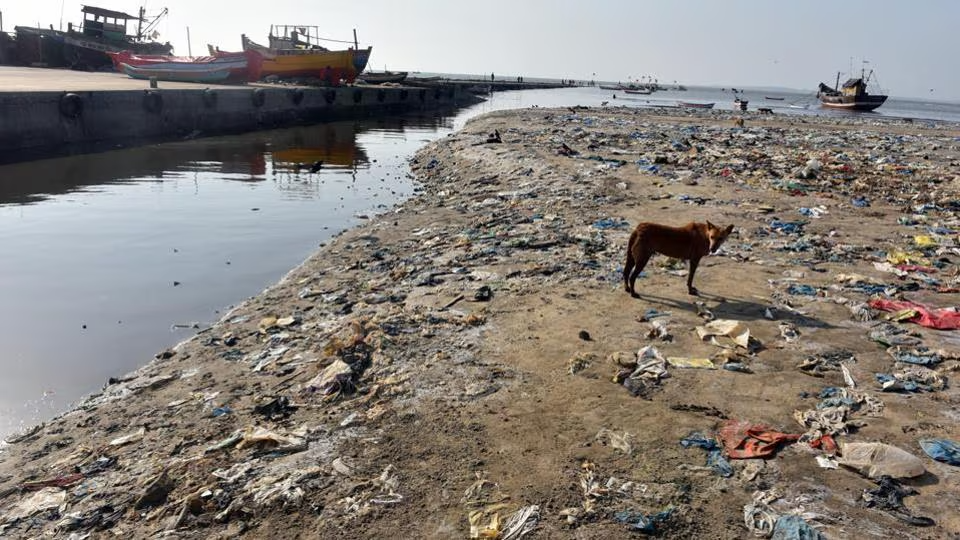
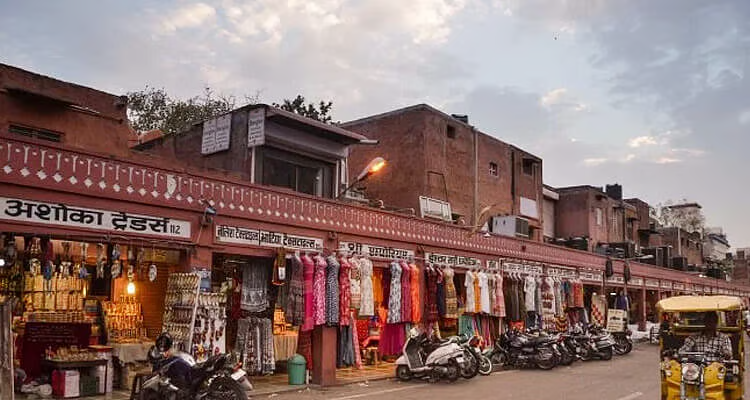


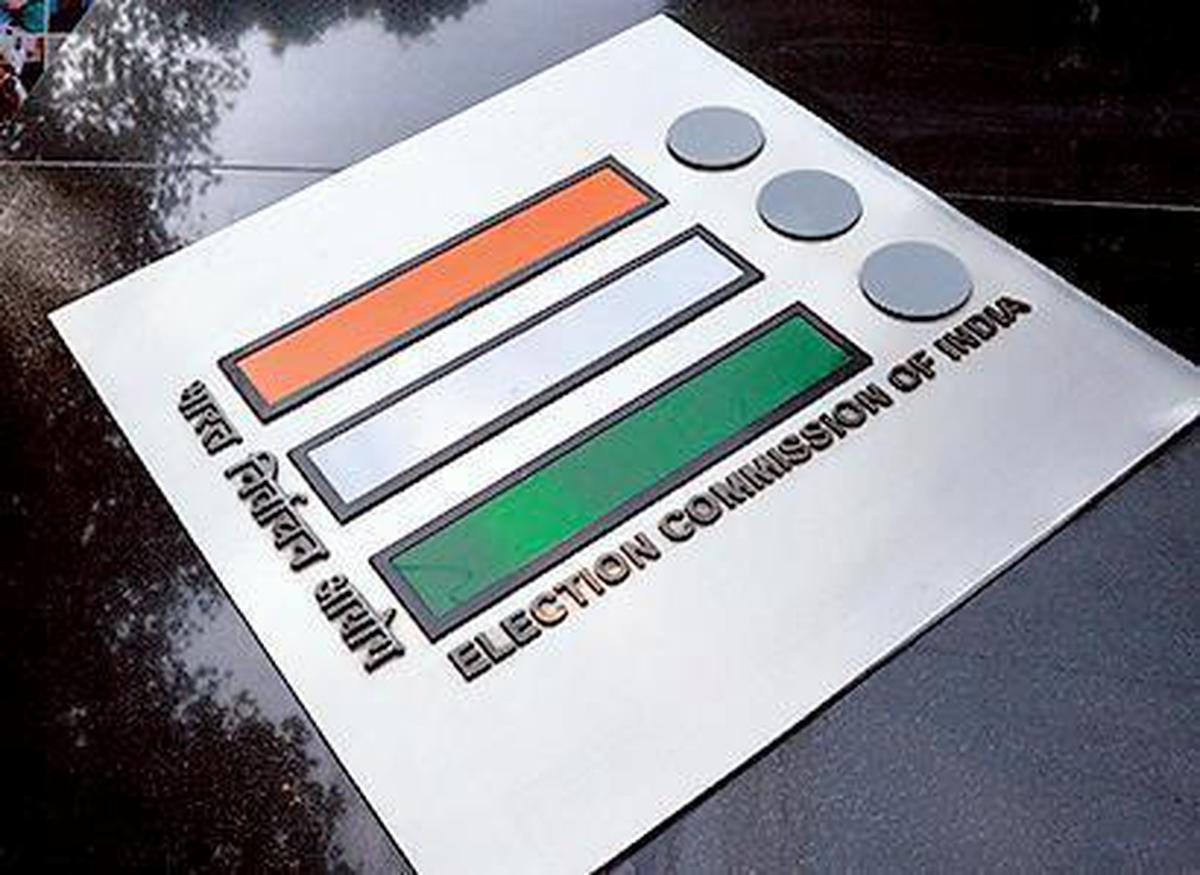
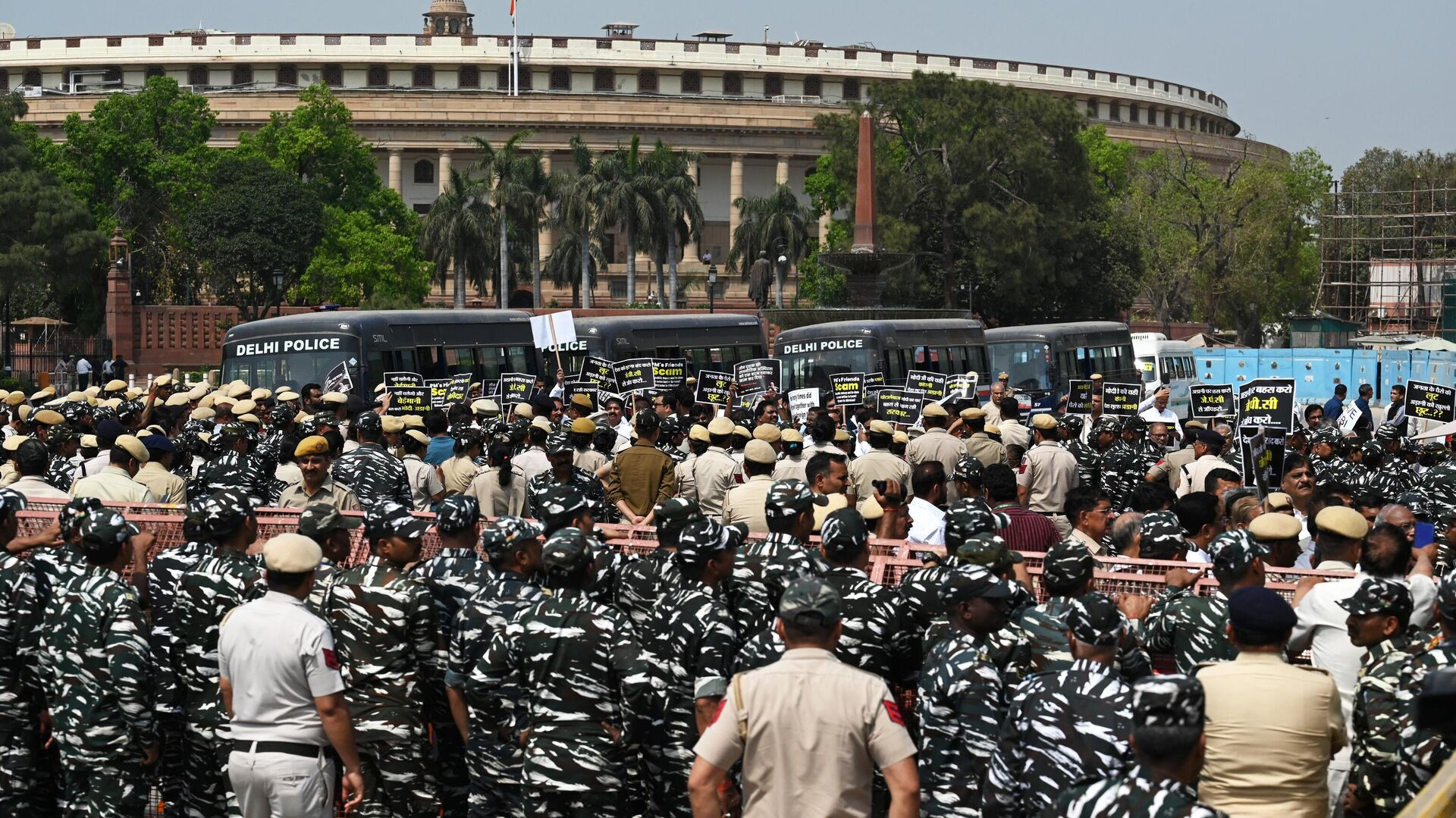



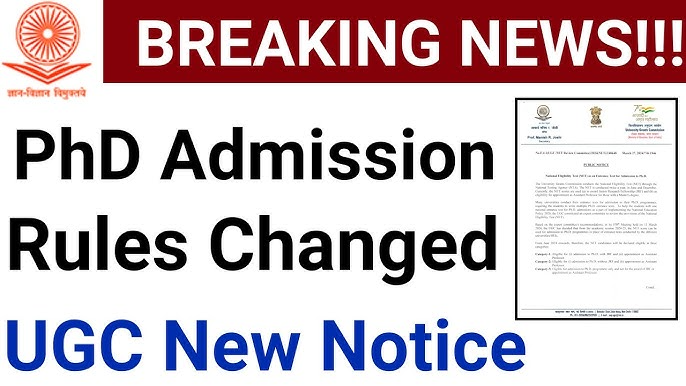
.webp)